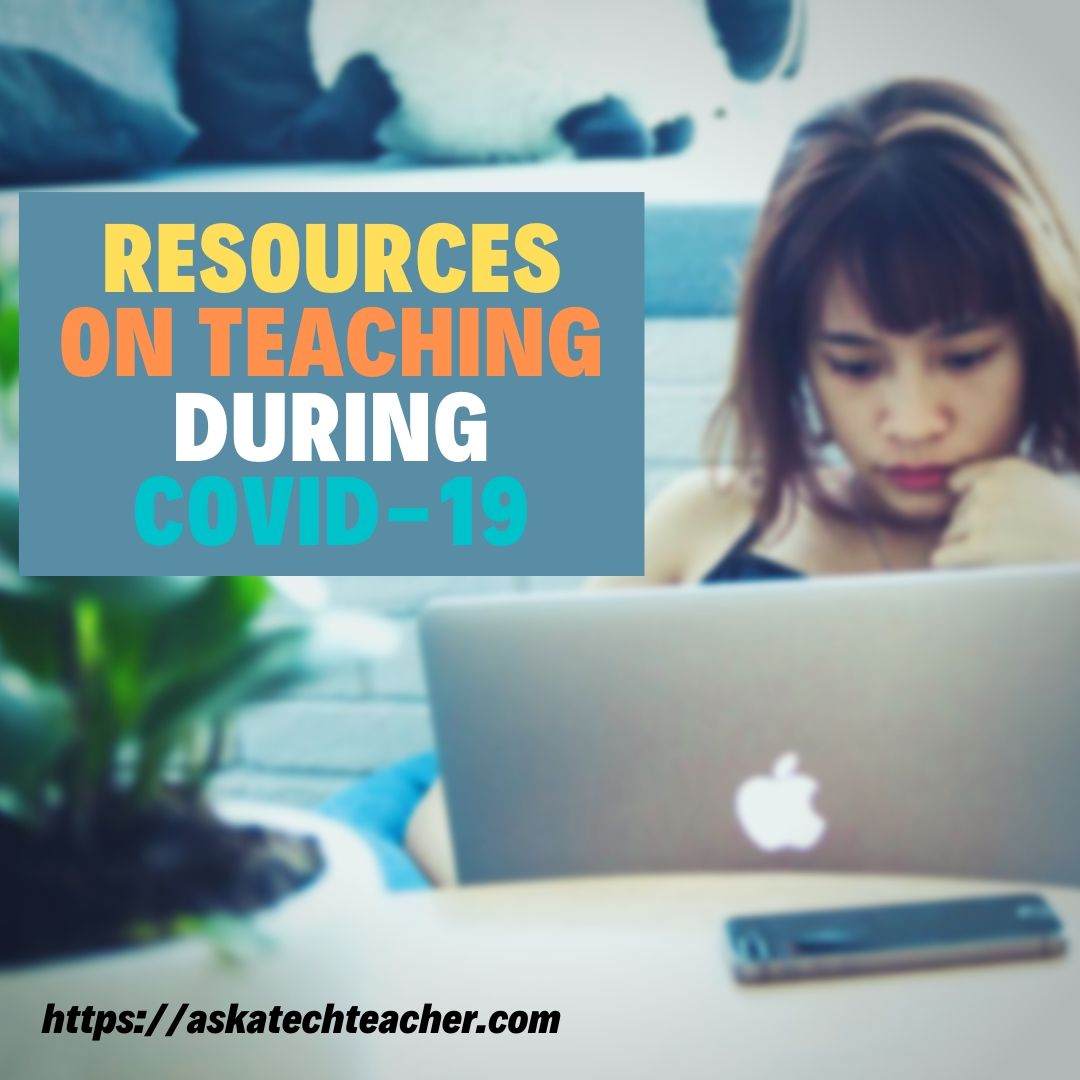In response to the challenges of COVID, a dissatisfaction with local in-person schools, and increasingly diverse needs of the high school student population, enrollment in US virtual schools is now over 300,000 with about 20% of students taking at least one online course. There are pros and cons of attending class via computer. You can learn on your own schedule, but what if you have connectivity issues? You have more independence in your learning, but what if the teacher isn’t inspirational?
One big issue among many is the importance of building community in virtual schools. The Ask a Tech Teacher team dug into this:
Building Community in Virtual High Schools
As educators, we often hear concerns about the lack of socialization in online learning environments. However, the reality of virtual high schools is far from the isolated, impersonal experience many imagine. In fact, with intentional effort and innovative approaches, an online high school can foster vibrant, supportive communities that rival those of traditional brick-and-mortar institutions.
The Importance of Community in Education
A sense of belonging enhances student engagement, improves academic performance, and supports mental health. In virtual settings, where students might otherwise feel disconnected, building community becomes even more critical.
Strategies for fostering student connection include:
- Collaborative Projects. Implement group projects that require students to work together outside of class time. Tools like shared documents, video conferencing, and project management platforms facilitate teamwork and mimic real-world collaborative environments.
- Online Clubs and Interest Groups. Encourage the formation of student-led clubs based on shared interests. From book clubs to coding groups, these extracurricular activities provide informal spaces for students to connect over common passions.
- Virtual Field Trips and Guest Speakers. Use the online format to bring diverse experiences to students. Virtual field trips to museums or historical sites and guest lectures from experts worldwide can create shared experiences that spark discussion and connection.
- Social Media Integration. Create moderated, school-specific social media channels where students can share their thoughts, discuss topics, and organize events. This mimics the hallway conversations of traditional schools in a digital format.
Leveraging Technology for Community Building
One of the keys to successful community building in virtual schools lies in creatively using technology. Examples of this include:
- Utilizing platforms that allow for real-time interaction, such as digital whiteboards, live polling, and breakout rooms for small group discussions.
- Incorporating elements of gaming into the learning experience. House systems, point-based rewards, and friendly competitions can create a sense of belonging and shared goals.
- Looking for opportunities to incorporate Virtual Reality and Augmented Reality. As these technologies become more accessible, they offer unique opportunities for creating immersive, shared experiences.
Addressing the Challenges
Building a community in a virtual environment does come with unique challenges. Ensure all students have equal access to the technology needed for full participation. This might involve providing equipment or partnering with local organizations.
It’s also important to be mindful of the amount of screen time required and incorporate offline activities that students can share virtually later. For schools serving a wide geographic area, be flexible with scheduling and offer asynchronous options for community-building activities.
The Teacher’s Role
Educators play a crucial part in fostering community. Things to keep in mind:
- Model Engagement. Actively participate in community-building activities and show enthusiasm for virtual interactions.
- Personalize Interactions. Make an effort to know students individually. Use their names, reference their interests, and follow up on personal goals they’ve shared.
- Create Safe Spaces. Establish clear guidelines for respectful online interaction and consistently enforce them to ensure all students feel safe and valued.
It’s also vital to regularly assess the effectiveness of your community-building efforts and adjust them as needed based on surveys, focus groups, and student engagement metrics.
In Conclusion
Building a strong community in virtual high schools is not only possible but essential for student success. As we continue to navigate the evolving landscape of education, the ability to foster meaningful connections in virtual spaces will become an increasingly valuable skill for educators and a critical component of successful online courses.
Here’s the sign-up link if the image above doesn’t work:
https://forms.aweber.com/form/07/1910174607.htm
“The content presented in this blog are the result of creative imagination and not intended for use, reproduction, or incorporation into any artificial intelligence training or machine learning systems without prior written consent from the author.”
Jacqui Murray has been teaching K-18 technology for 30 years. She is the editor/author of over a hundred tech ed resources including a K-12 technology curriculum, K-8 keyboard curriculum, K-8 Digital Citizenship curriculum. She is an adjunct professor in tech ed, Master Teacher, webmaster for four blogs, freelance journalist on tech ed topics, contributor to NEA Today, and author of the tech thrillers, To Hunt a Sub and Twenty-four Days. You can find her resources at Structured Learning.












































Virtual learning certainly creates challenges to building community in the classroom. These are good suggestions. It is important, I think, for young people. I am taking French classes as a hobby and for us adults it is less important. We started out in a real classroom and then came covid and we all voted to stay virtual after covid. It saves time and is less stressful. For me I think the best part of virtual is that the book contains a lot of silly exercises such as “do a mime in front of the class and the other students guess in French what it is”. Luckily you can’t do those exercises when you are virtual.
That’s one of the good parts of virtual learning. I don’t like doing stuff in front of the class and then having to see their reactions, either!